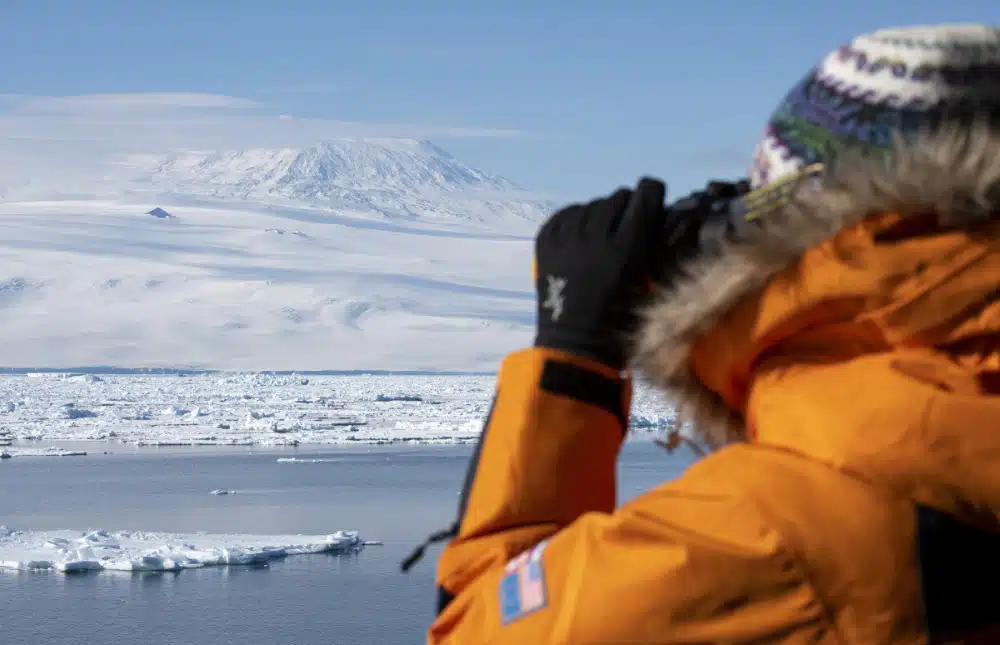The story of an adventure to the ends of the earth
In late 2023, a very special passenger boarded Le Commandant Charcot: Jean-Claude Lacaille. Lacaille, an expert on Jean-Baptiste Charcot’s exploits, brought back a fascinating travel log of his unforgettable Antarctica cruises. Let’s take a look back at some of the highlights of this expedition.
Pourquoi Pas Island: remembering a pioneering ship
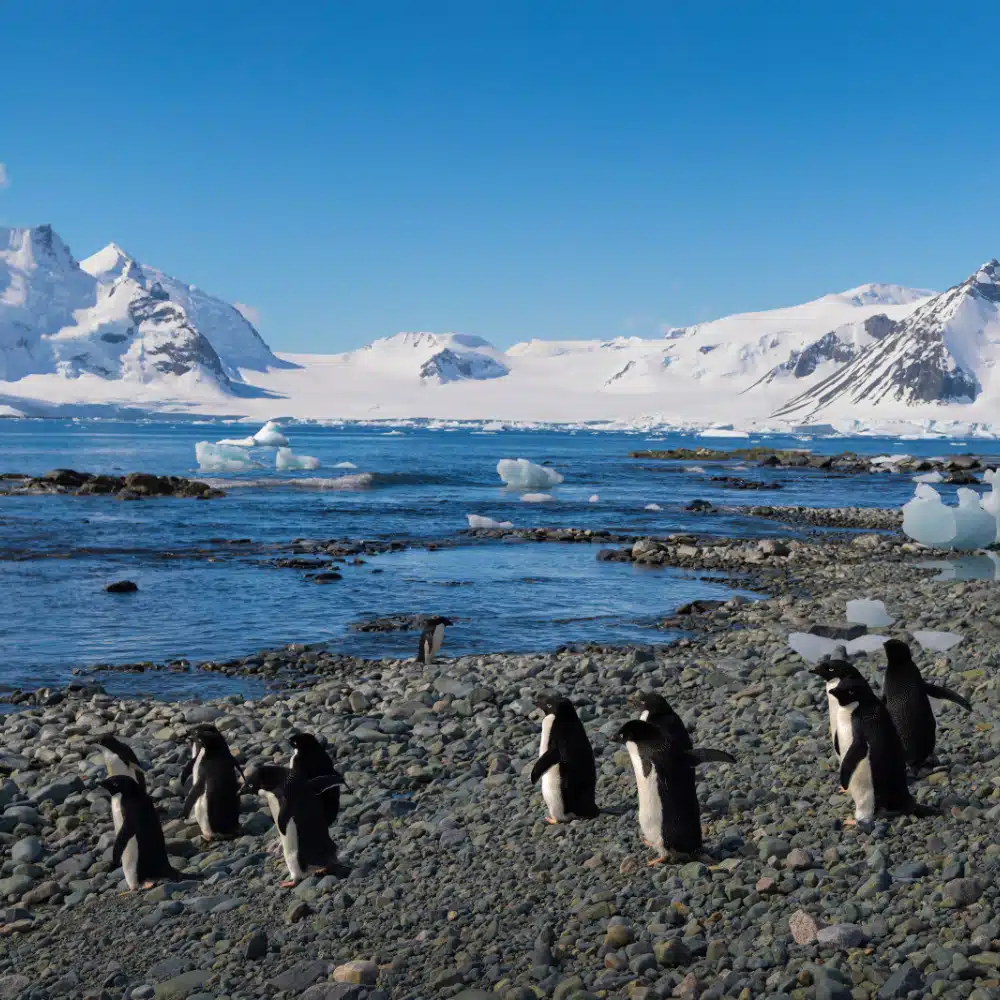
After crossing the legendary Drake Passage, the passengers were greeted by an ice floe landscape beneath a sparkling polar sky. More than one hundred and ten years after its discovery by Captain Jean-Baptiste Charcot, the island of Pourquoi Pas is one of the first highlights of the trip. Elephant seals and Adélie penguins can be admired here. Snow covers part of the island, contrasting with its impressive relief. Moved to tears, Jean-Claude Lacaille took a Pourquoi Pas flag from his own collection and planted it on the island.

Having spent over forty years engaged in passionate research, Jean-Claude is a true custodian of French polar history.
Stanislas Devorsine, Captain of Le Commandant Charcot.
Jean-Claude Lacaille, an enthusiast and a true pioneer
A former industrial designer for the Normandy shipyards with a passion for sailing and a keen interest in history, Jean-Claude Lacaille has amassed an extensive collection of documents on Captain Jean-Baptiste Charcot. He has devoted much of his life to giving talks, interviewing former crew members of Le Pourquoi Pas? and visiting iconic sites. Today, he runs a number of Facebook pages connected with polar exploration, including a group dedicated to the ship Le Commandant Charcot.
Antarctica: land of science
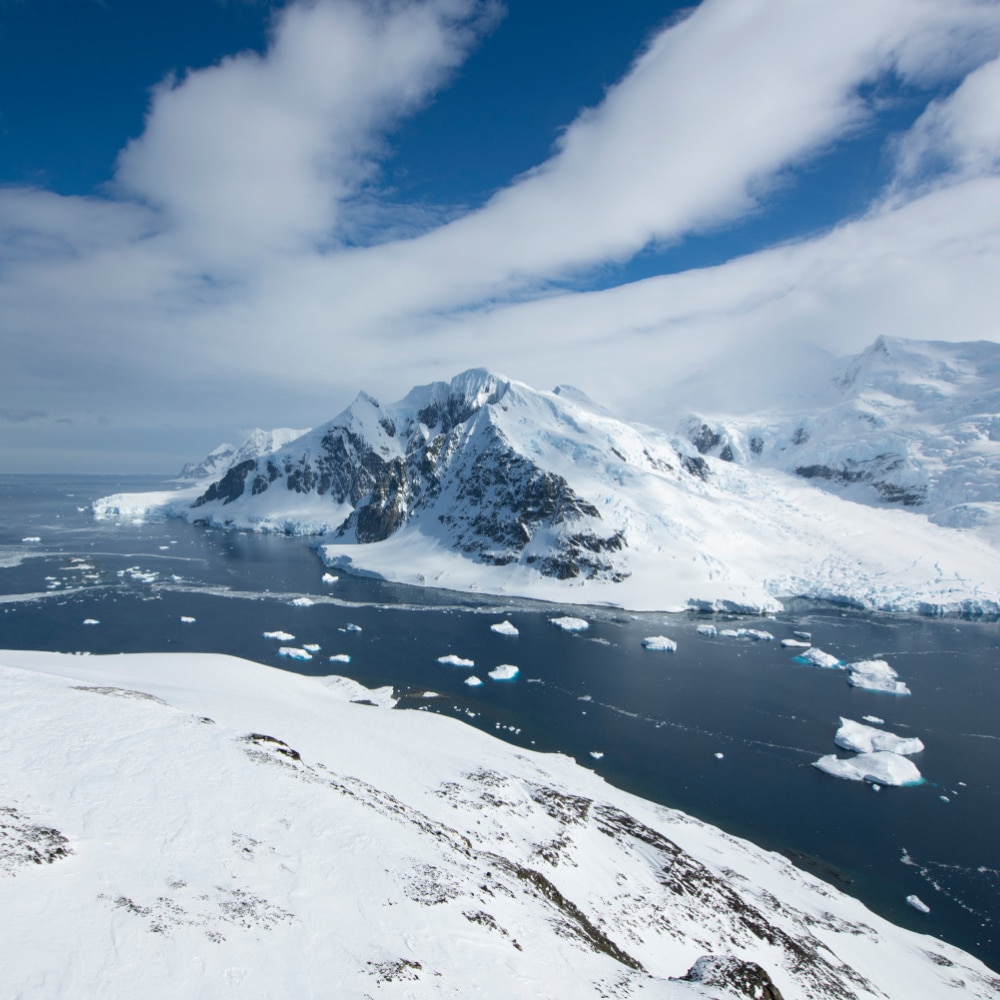
Travelling to Antarctica also provides the opportunity to visit former scientific bases. The Horseshoe base on Jenny Island was once home to a permanent scientific mission set up by the British authorities. The base has been preserved, and this enthusiastic historian of polar exploration is thrilled to visit the site.

We were privileged to be able to step inside the building, which remains in its original condition. A vintage portrait of Elizabeth II brought us right back to the atmosphere of the time.
Crossing the 70th parallel, a symbolic milestone
Few sailors can boast of having crossed this symbolic line, yet beyond it lies an extreme geographical reality. The 70th parallel delineates the area of the Southern Ocean that is covered by ice throughout the winter.

There’s nothing concrete on which to fix your gaze. The only reference points now are the dark outlines of seals on the ice.
Respect for the environment and wildlife
Each PONANT expedition undertakes to observe strict protocols for the preservation of sensitive ecosystems. On outings, passengers must maintain the minimum distances required by law to avoid disturbing wildlife. Furthermore, with its hybrid propulsion system (electric and liquefied natural gas), reduced underwater noise and speed, and an intelligent anti-collision system, Le Commandant Charcot is one of the most environmentally friendly ships in the world.
Whale sightings

En route to Port Charcot, Le Commandant Charcot crossed the path of a whale, followed soon afterwards by several other cetaceans in its wake. With the help of the nature guides and the skipper’s careful navigation, Jean-Claude was able to make out the graceful movements of these majestic marine animals in the distance.

From the bridge, the nature guides helped us to observe the cetaceans in the distance.
Meeting emperor penguins on a polar walk

Le Commandant Charcot then sailed through George VI Sound. The austral summer sun cuts through the reliefs, offering a unique vantage point. But it is the inhabitants of this frozen terrain that will make this day in Antarctica so very special, when a few curious emperor penguins have fun following the freshly disembarked passengers. An unforgettable encounter.

Only a few bluish footprints left by our boots bear witness to our passage over the ice floe.
Port Charcot, a haven in the southern winter
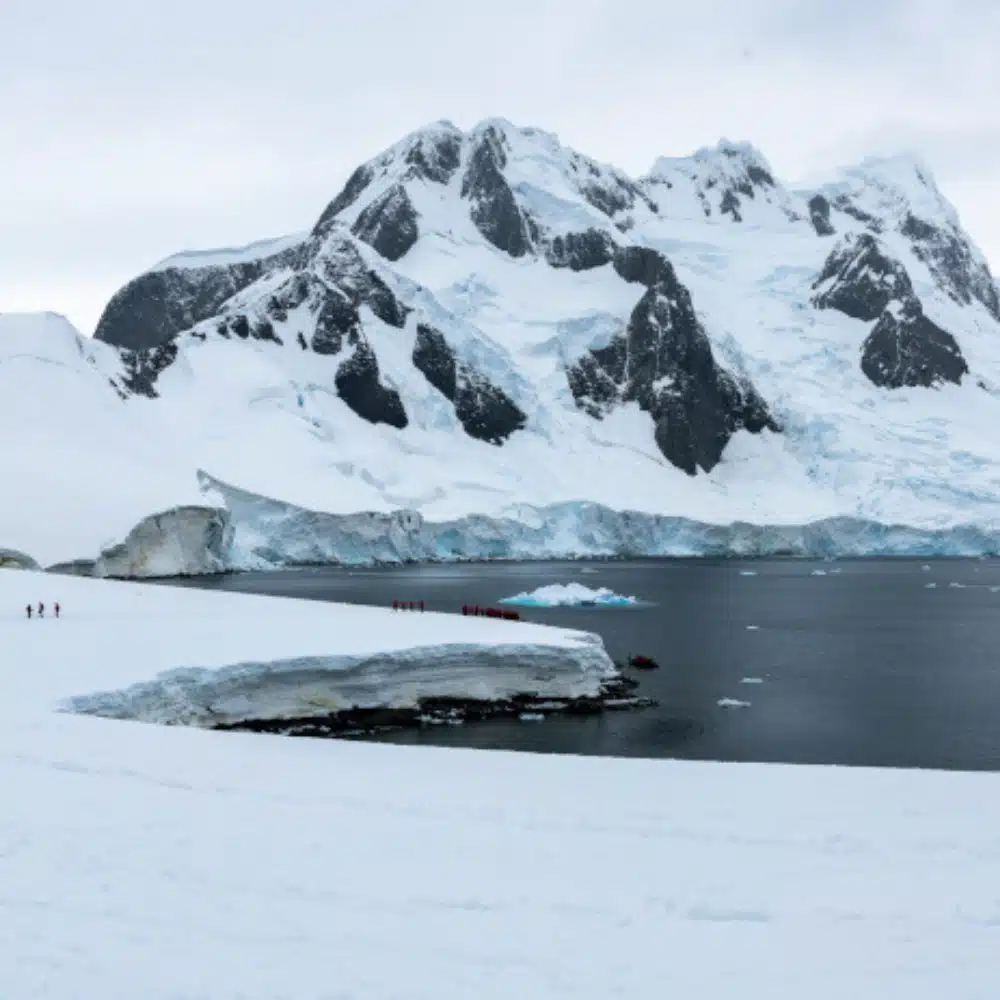
Girard Bay is home to Port Charcot, where Jean-Baptiste Charcot’s first Antarctic expedition sheltered for two winters between 1903 and 1905. A cairn and a few planks from a boat left there 120 years ago evoke the heroic golden age of polar exploration.

Over a century ago, navigating through the ice was a real feat.
Photo credits: ©PONANT Photo Ambassador/Cindy Miller Hopkins/Sue Flood; ©StudioPONANT/Olivier Blaud/Romain Farge.
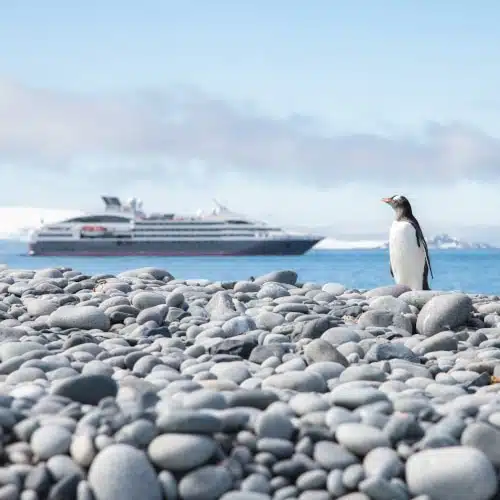
Let PONANT take you there
Head for the White Continent.

